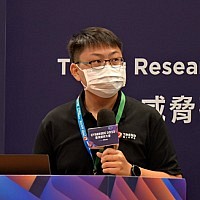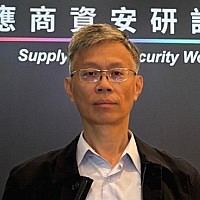Recently, cybersecurity has been moving toward a proactive response focusing on vulnerabilities. As a result, vulnerability treatment is establishing itself as an important competitive factor for ICT product manufacturers and service providers. In particular, the US, EU, and OECD have been adopting and promoting Coordinated Vulnerability Disclosure (CVD) into their cybersecurity frameworks as part of measures to enhance the security of ICT products and services. CVD is a security vulnerability response process based on the cooperation among white-hat hackers (security researchers), ICT product manufacturers or service providers, and CVD coordinators (CERTs/CSIRTs). CVD covers the entire vulnerability disclosure lifecycle, including the discovery, reporting, remediation, and disclosure of security vulnerabilities in ICT products and services. Based on this vulnerability-centric cybersecurity trend, we will introduce what CVD is, why adopting CVD into cybersecurity frameworks is important, and what the essentials for adopting CVD are. First, to understand what CVD is and why adopting CVD into cybersecurity frameworks is important, we will examine the status of CVD adoption in the US, EU, and OECD, focusing on their cybersecurity laws, policies, and guidelines related to CVD. Then, we will identify three requirements for adopting CVD into cybersecurity frameworks: the establishment and publication of a Vulnerability Disclosure Policy (VDP), legal protection for white-hat hackers against laws such as cybercrime law, data protection law, and copyright law, and the designation and role assignments of CVD coordinators (CERTs/CSIRTs). Finally, to promote CVD adoption in APCERT economies within the Asia-Pacific region, we will introduce the need for a common publication method and template for the Vulnerability Disclosure Policy (VDP) as key considerations. Given that cybersecurity frameworks may differ across APCERT economies within the Asia-Pacific region, we hope this presentation will be helpful in promoting the adoption of CVD in these economies.
Dr. Tae-seung Lee is currently working as a chief researcher at KrCERT/CC of the Korea Internet & Security Agency (KISA), where he is involved in improving cybersecurity frameworks. He is also participating in the APCERT PPG and CVD Working Groups. He joined Samsung Electronics in 1996, where he worked as a project leader or researcher in the field of software development for six years. Since 2002, he has worked at KISA as a team director or researcher in cybersecurity areas such as Common Criteria for information security, personal information protection, and cybersecurity incident prevention and response. He received his bachelor's degree, master's degree, and Ph.D. in computer science. His current research interests are cybersecurity policy and legislation, cybersecurity incident prevention and response, and AI security.














